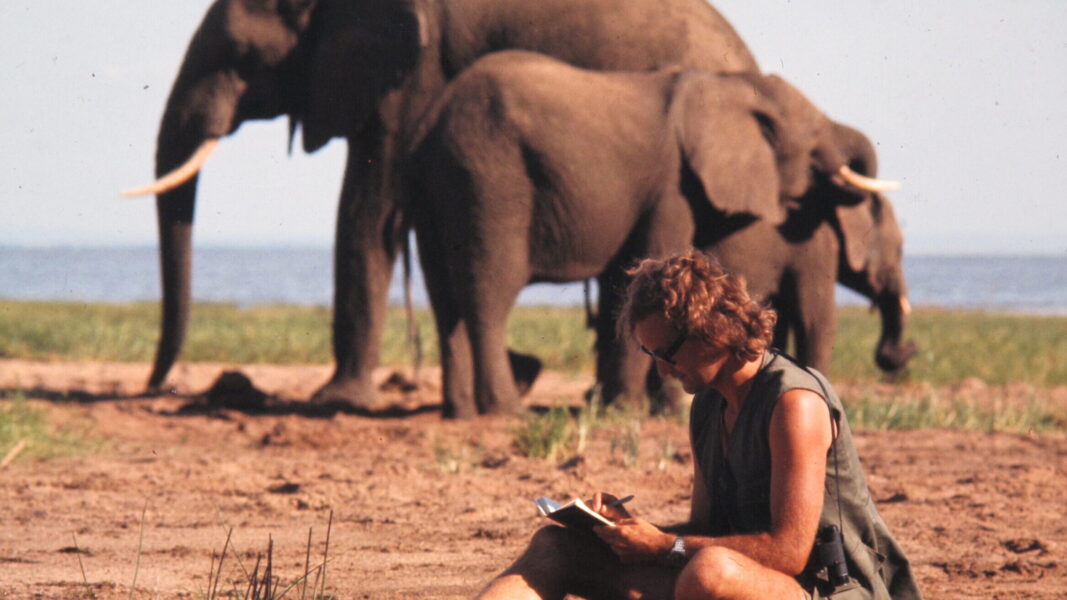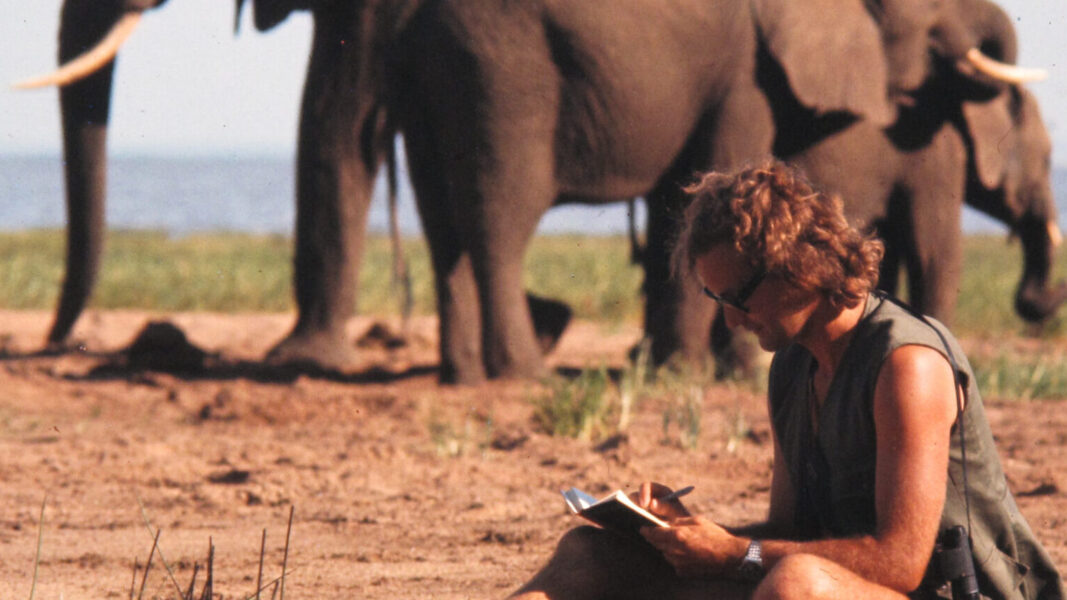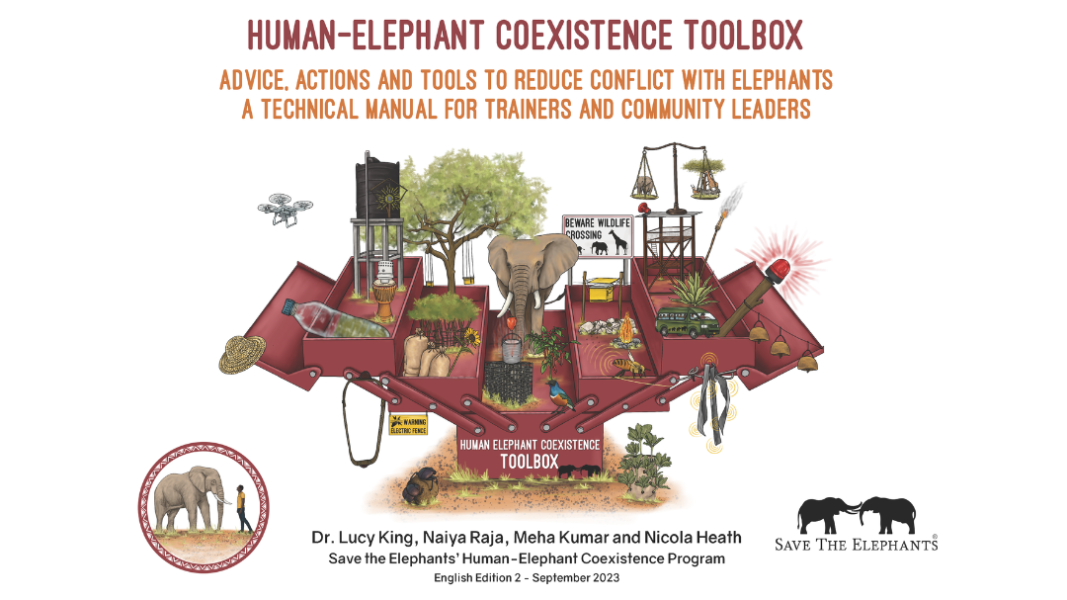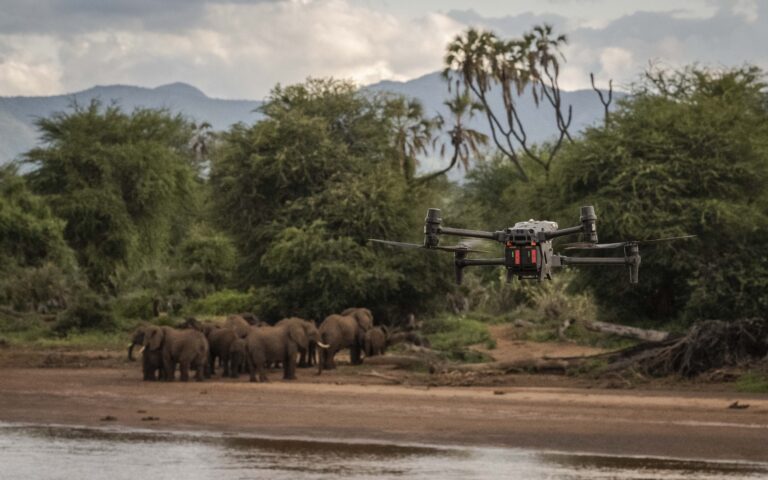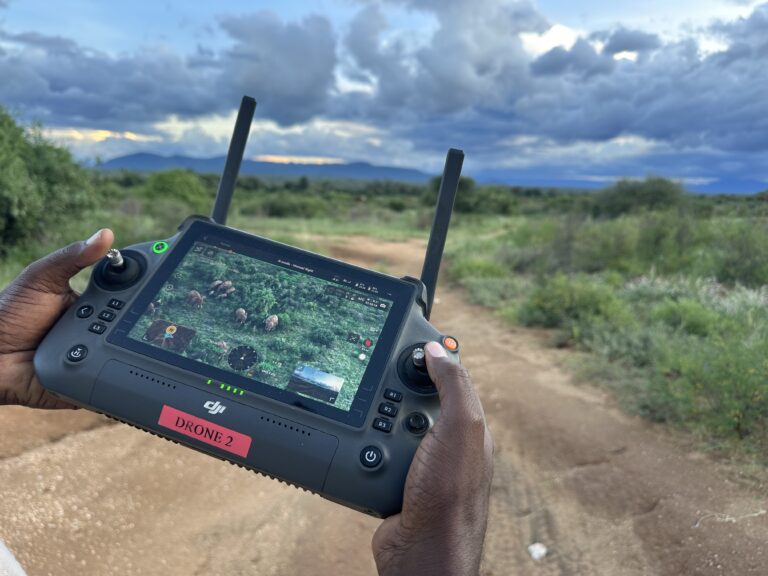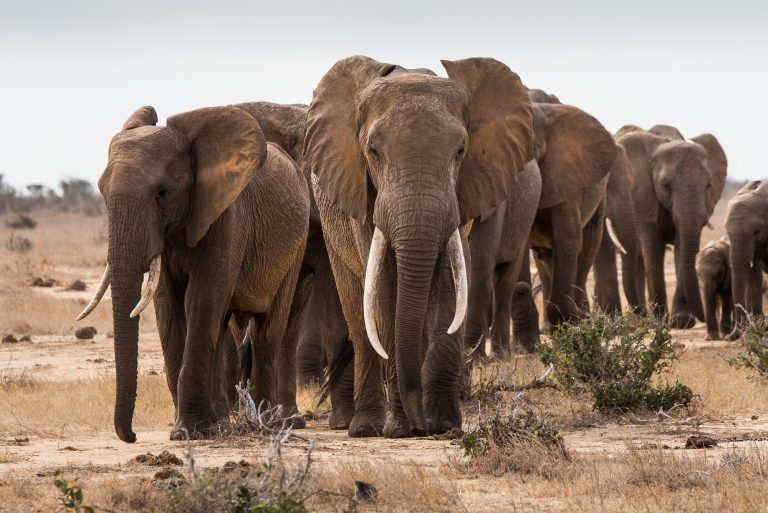
WORLD-RENOWNED AFRICAN ELEPHANT EXPERT, DR IAIN DOUGLAS-HAMILTON, DIES AGED 83
It is with deep sadness that we announce the death of Dr. Iain Douglas-Hamilton, renowned Scottish zoologist and founder & president of Save the Elephants. Iain passed away last night in Nairobi at age 83.



